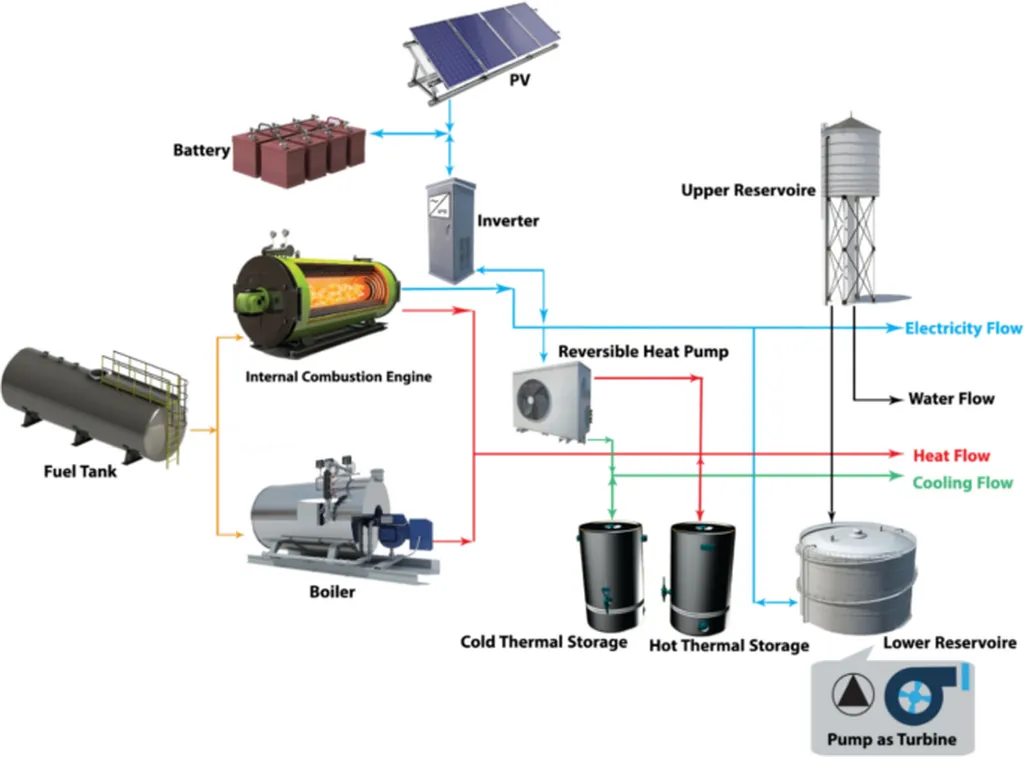Researchers at the University of Vermont have developed an experimental testbed to advance the control and optimization of hybrid energy systems, potentially offering new insights for the energy industry. The team, led by Arash Omidi, Tanmay Mishra, and Mads R. Almassalkhi, has created a platform that integrates hardware-in-the-loop (HIL) simulation with various energy assets to support the development and validation of advanced control strategies for grid services.
The testbed, detailed in a paper published in the IEEE Transactions on Industrial Electronics, integrates kilowatt-scale assets including solar photovoltaic (PV) systems, battery storage, an electrolyzer acting as a controllable load, and grid-tied inverters. This setup allows for real-time data acquisition, model validation, and control implementation, providing a flexible and scalable platform for testing various energy management strategies.
One of the key demonstrations of the testbed’s capabilities is a controller hardware-in-the-loop (CHIL) experiment where a battery system is used to smooth out the intermittent power output from a solar PV system. This experiment showcases the potential of the testbed to develop and validate control strategies that can enhance the stability and reliability of renewable energy integration into the grid.
The practical applications for the energy sector are significant. By providing a controlled environment to test and optimize hybrid energy systems, the testbed can help accelerate the deployment of advanced control strategies that improve grid stability, increase renewable energy integration, and optimize energy storage and usage. This can lead to more efficient and reliable energy systems, ultimately benefiting both energy providers and consumers.
The research was published in the IEEE Transactions on Industrial Electronics, a leading journal in the field of industrial electronics and applications.
This article is based on research available at arXiv.

